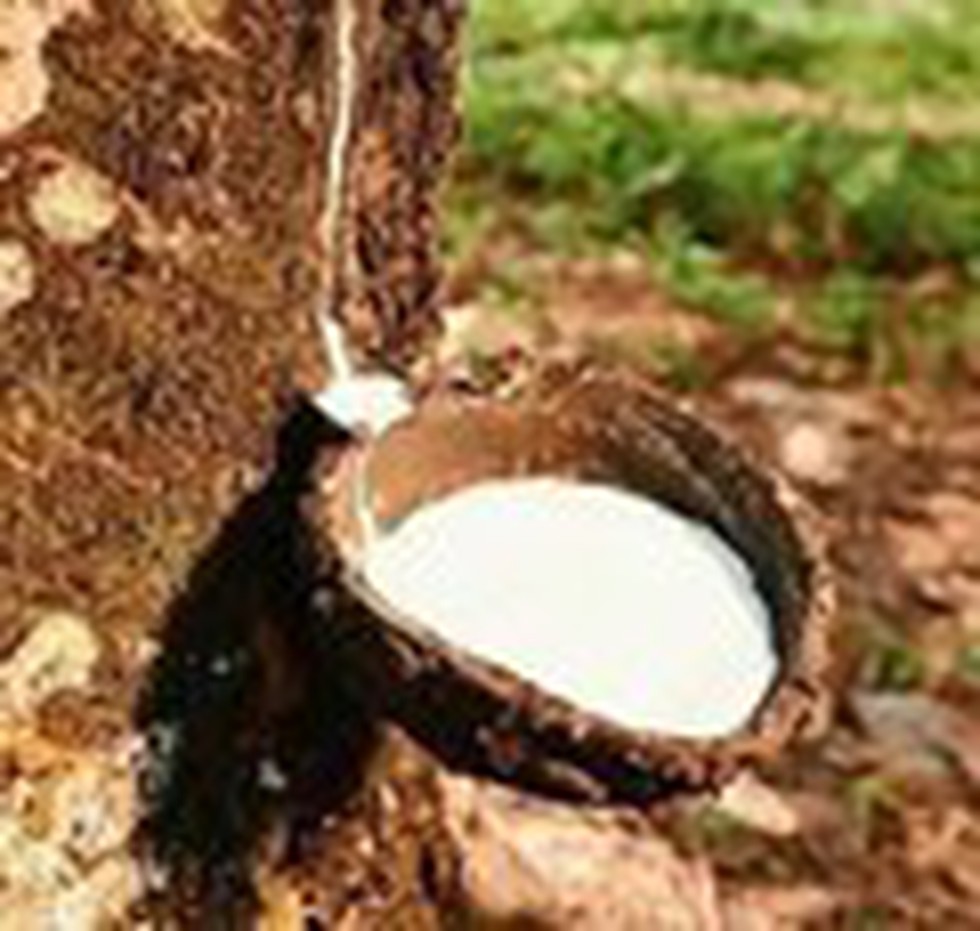About Natural Rubber:
- Natural rubber is a polymer made up of a chemical molecule called isoprene.
- It is a native of the Amazon basin, which was introduced to countries in the tropical belts of Asia and Africa in the late nineteenth century.
- Climatic conditions required for Rubber cultivation
- Rubber trees require moist and humid climates with heavy rainfall of more than 200 cm.
- It grows well in equatorial climates and temperatures above 25 degrees Celsius.
- Soil: Well-drained, weathered soils.
Rubber plantation in India
- India is the third largest producer, the fourth largest consumer of natural rubber and the fifth largest consumer of natural rubber and synthetic rubber together in the world.
- Rubber Growing Areas in India
- Traditional Areas: Primarily in Tamil Nadu’s Kanyakumari District and Kerala.
- Non-traditional regions: Coastal Karnataka, Goa, Maharashtra’s Konkan Region, coastal Andhra Pradesh and Orissa, the northeastern provinces, and the Andaman and Nicobar Islands, among other places.
Key facts about Rubber Board
- It is a statutory organisation constituted under the Rubber Act, 1947.
- It functions under the administrative control of the Ministry of Commerce and Industry.
- Functions:
- It is responsible for the development of the rubber industry in the country by assisting and encouraging research, development, extension and training activities related to rubber.
- It also maintains statistical data of rubber, takes steps to promote the marketing of rubber and undertakes labour welfare activities.
- Composition
- The Board is headed by a Chairman appointed by the Central Government.
- It has 28 members representing various interests in the natural rubber industry.
- Headquarters: Kottayam, Kerala.
